In Photos: Robonaut 2, NASA's Robot Butler for Astronauts
Do Androids Dream of Electric Tweets?
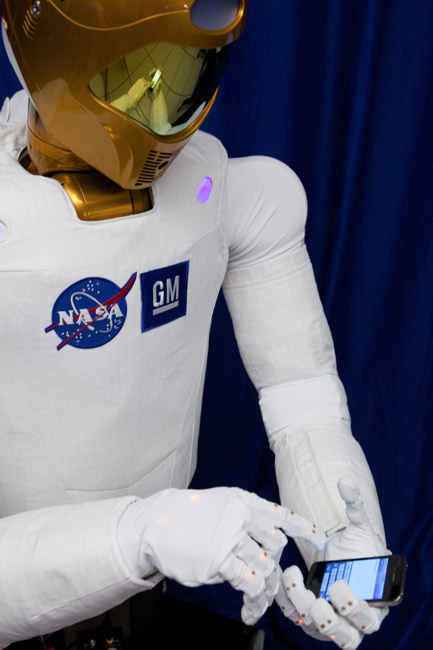
Robonaut 2 — or R2 for short — is now tweeting at www.twitter.com/AstroRobonaut. With the help of its team, the robot sent its first tweet on July 26. R2 will be traveling to the International Space Station aboard Discovery as part of the STS-133 mission.
Conqueror
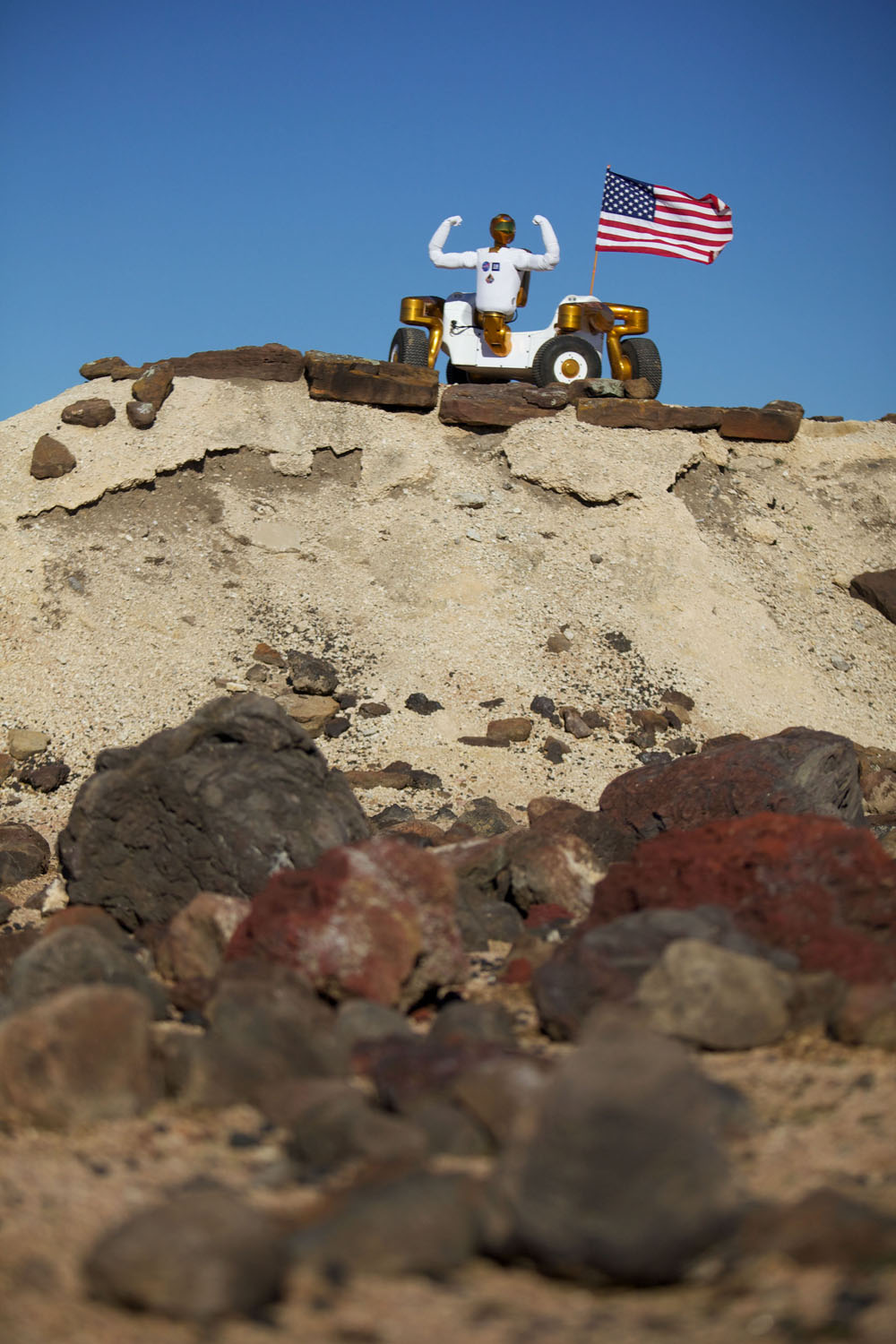
The Robonaut 2, or R2, droid flexes its metal muscles in triumph while riding atop its new wheeled base, Centaur 2, at the Johnson Space Center Planetary Analog Test Site in Houston.
Half Robot, Half Car

A fusion between Robonaut and a four or six-wheeled rover could one day explore and work the surface of Mars or the moon.
Tie Me Up, Tie Me Down
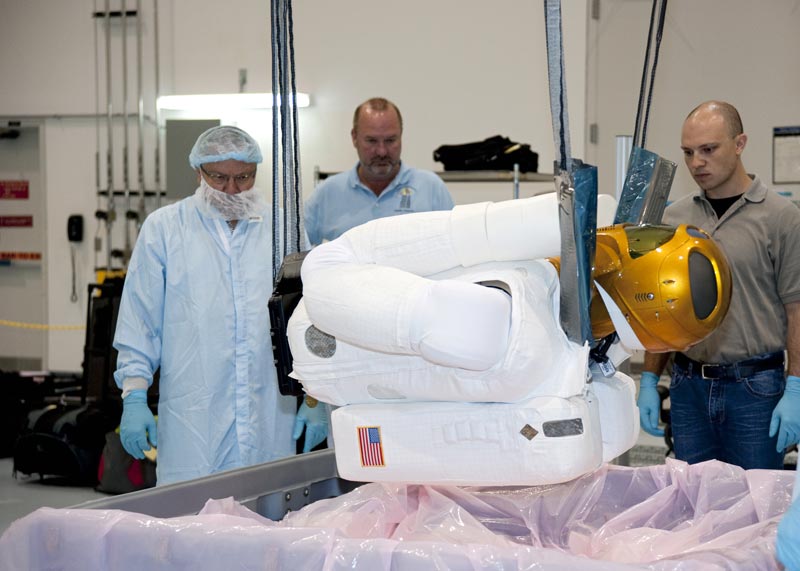
A crane is used to lift the 330-pound Robonaut 2 out of its shipping container at NASA's Kennedy Space Center in Florida.
I'm the Greatest
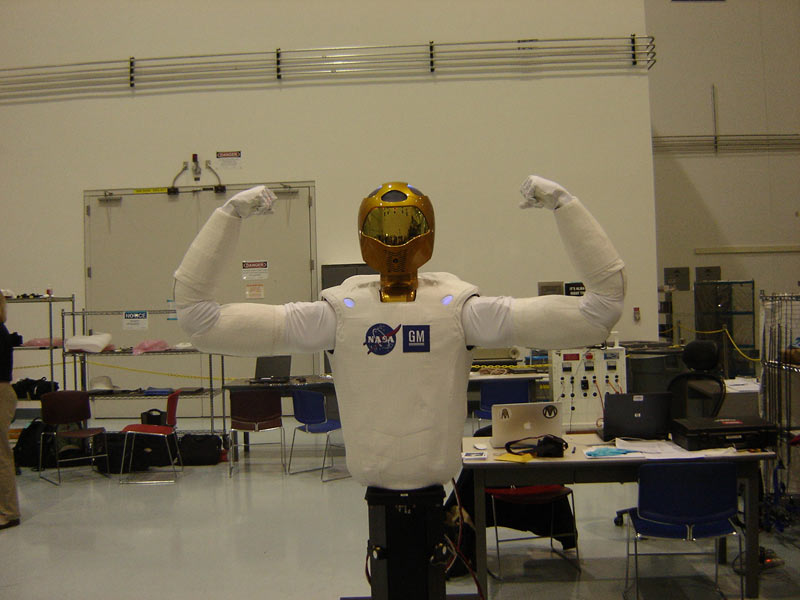
Robonaut 2 flexes its 'muscles' for reporters during a final demonstration before being packed away for its launch to the International Space Station in November 2011.
Robonaut 2: New Climbing Legs
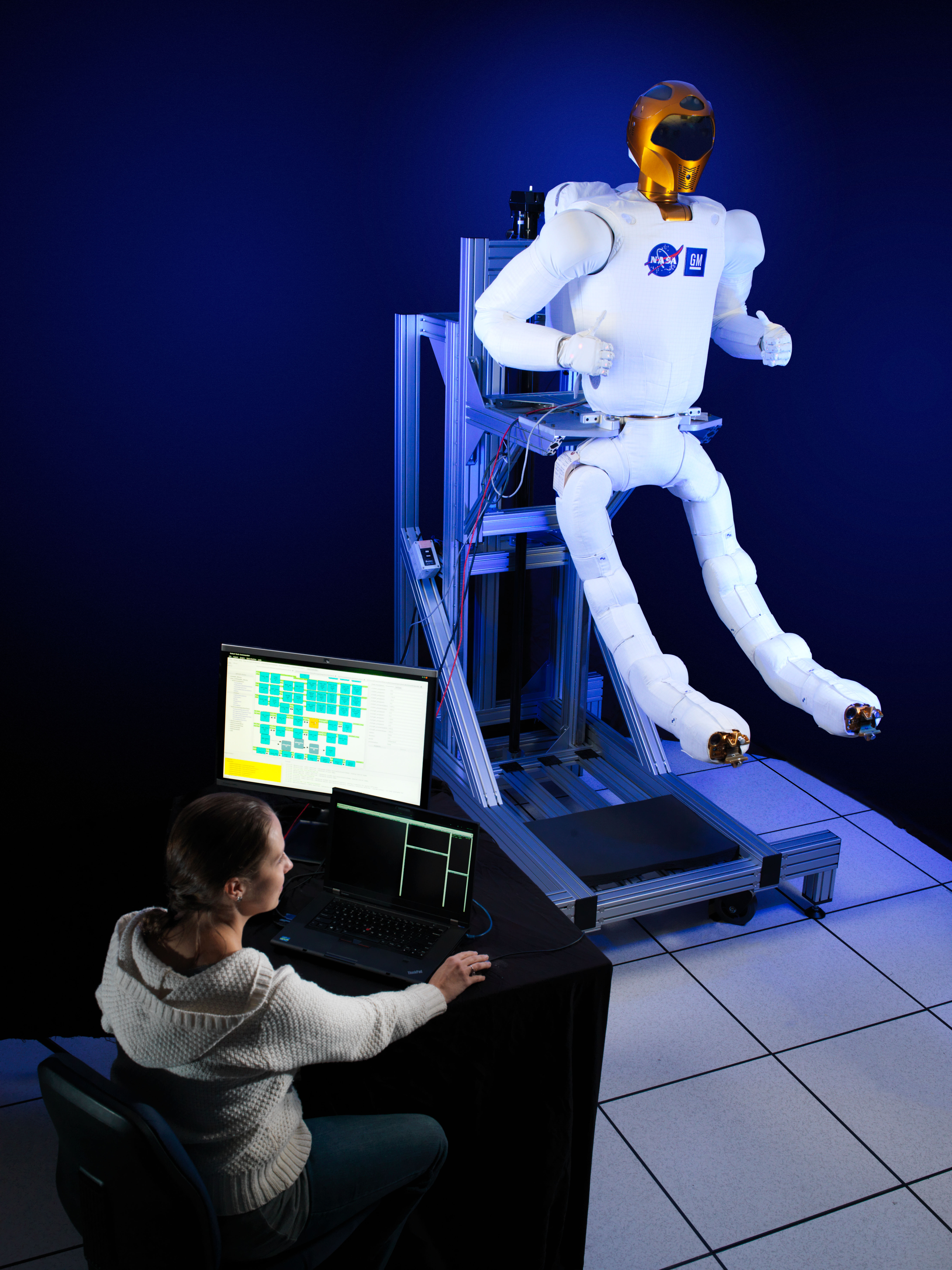
Robonaut 2 surpasses previous dexterous humanoid robots in strength, yet it is safe enough to work side-by-side with humans. It is able to lift, not just hold, this 20-pound weight (about four times heavier than what other dexterous robots can handle) both near and away from its body. This image shows NASA’s Robonaut 2 with newly developed climbing legs, designed to give the robot mobility in zero gravity. Image released Nov. 13, 2013.
We Are the Robots
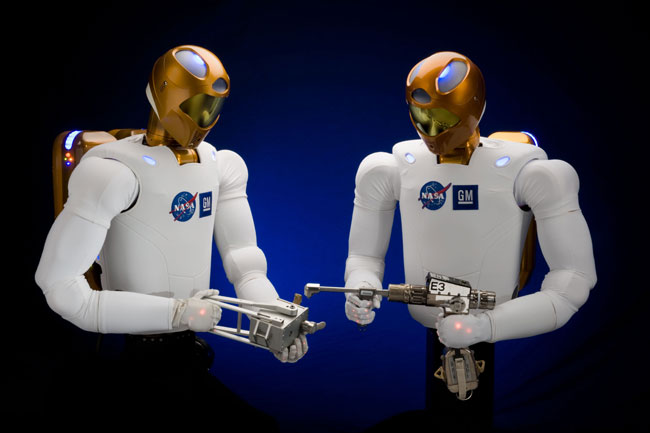
NASA and General Motors came together to develop the next generation dexterous humanoid robot. The robots – called Robonaut2 – were designed to use the same tools as humans, which allows them to work safely side-by-side humans on Earth and in space.
Get the Space.com Newsletter
Breaking space news, the latest updates on rocket launches, skywatching events and more!
Carry That Weight
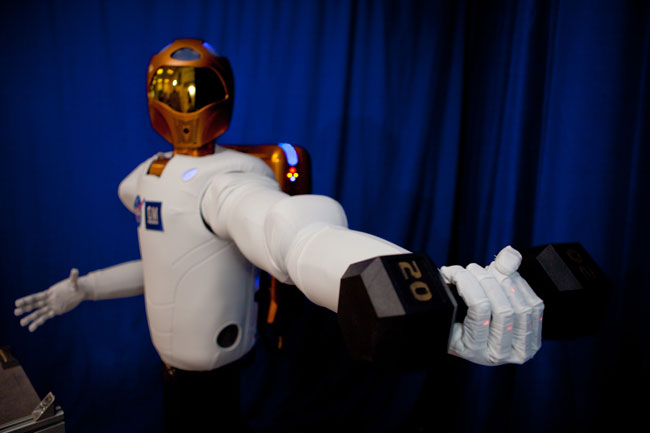
Robonaut2 surpasses previous dexterous humanoid robots in strength, yet it is safe enough to work side-by-side with humans. It is able to lift, not just hold, this 20-pound weight (about four times heavier than what other dexterous robots can handle) both near and away from its body.
Robonaut 2 Gets Legs
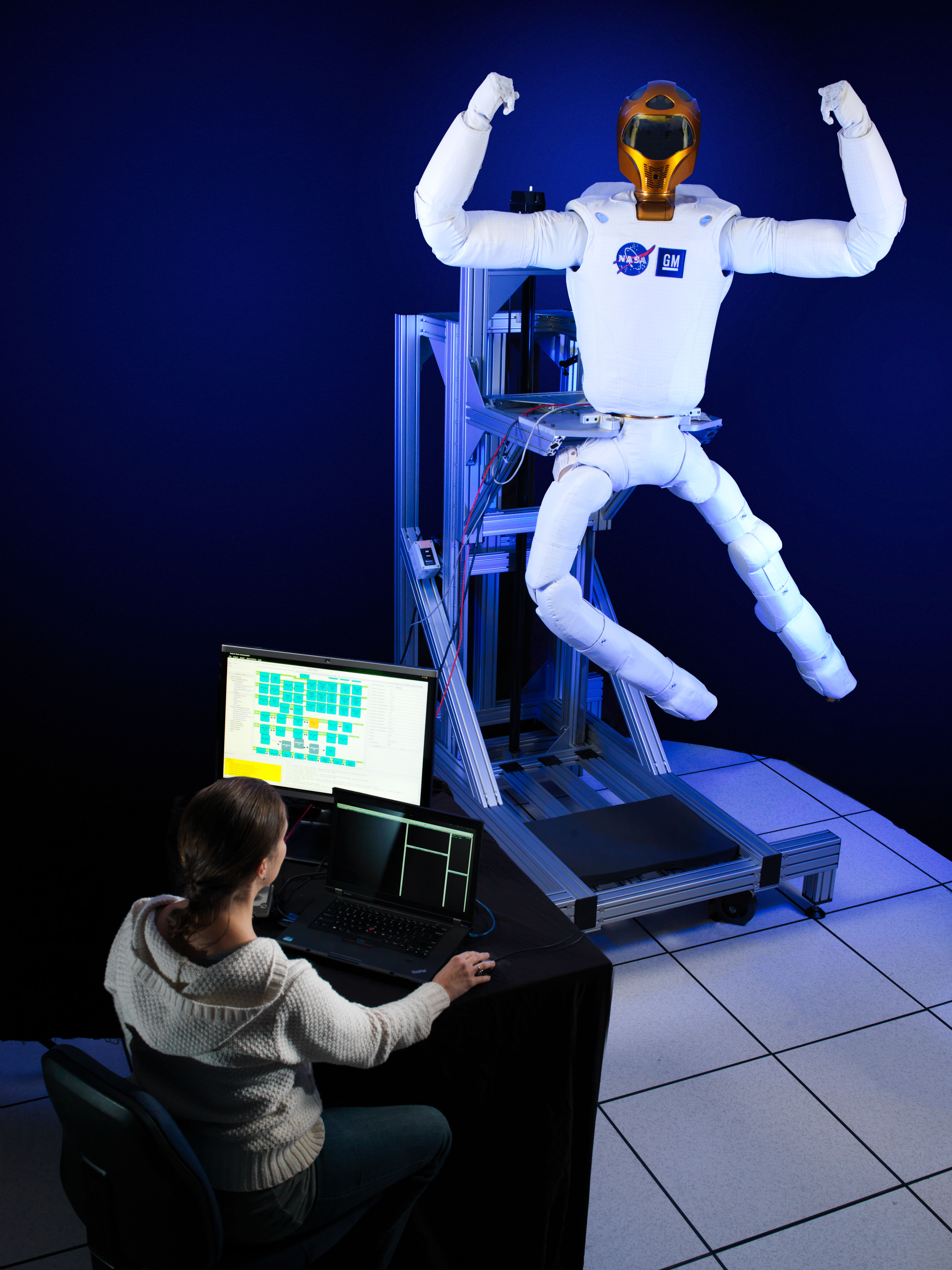
Robonaut 2 surpasses previous dexterous humanoid robots in strength, yet it is safe enough to work side-by-side with humans. This image shows NASA’s Robonaut 2 with newly developed climbing legs, designed to give the robot mobility in zero gravity. With legs, Robonaut 2 will be able to assist astronauts with both hands while keeping at least one leg anchored to the station structure at all times. Image released Nov. 13, 2013.
Robonaut 2 Climbing Legs
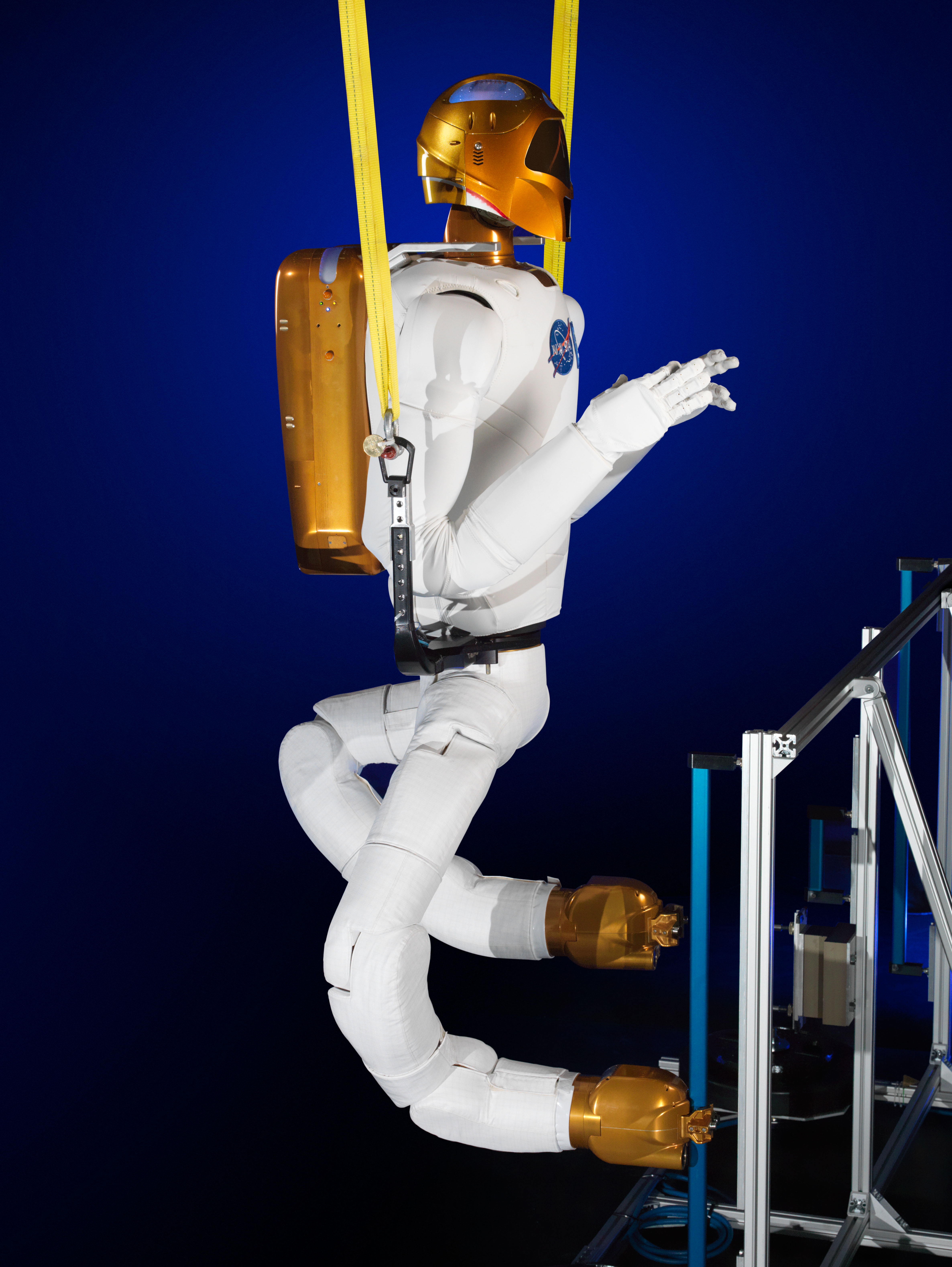
NASA’s Robonaut 2 with the newly developed climbing legs, designed to give the robot mobility in zero gravity. Image released Nov. 13, 2013.
Join our Space Forums to keep talking space on the latest missions, night sky and more! And if you have a news tip, correction or comment, let us know at: community@space.com.

Tariq is the Editor-in-Chief of Space.com and joined the team in 2001, first as an intern and staff writer, and later as an editor. He covers human spaceflight, exploration and space science, as well as skywatching and entertainment. He became Space.com's Managing Editor in 2009 and Editor-in-Chief in 2019. Before joining Space.com, Tariq was a staff reporter for The Los Angeles Times covering education and city beats in La Habra, Fullerton and Huntington Beach. In October 2022, Tariq received the Harry Kolcum Award for excellence in space reporting from the National Space Club Florida Committee. He is also an Eagle Scout (yes, he has the Space Exploration merit badge) and went to Space Camp four times as a kid and a fifth time as an adult. He has journalism degrees from the University of Southern California and New York University. You can find Tariq at Space.com and as the co-host to the This Week In Space podcast with space historian Rod Pyle on the TWiT network. To see his latest project, you can follow Tariq on Twitter @tariqjmalik.









